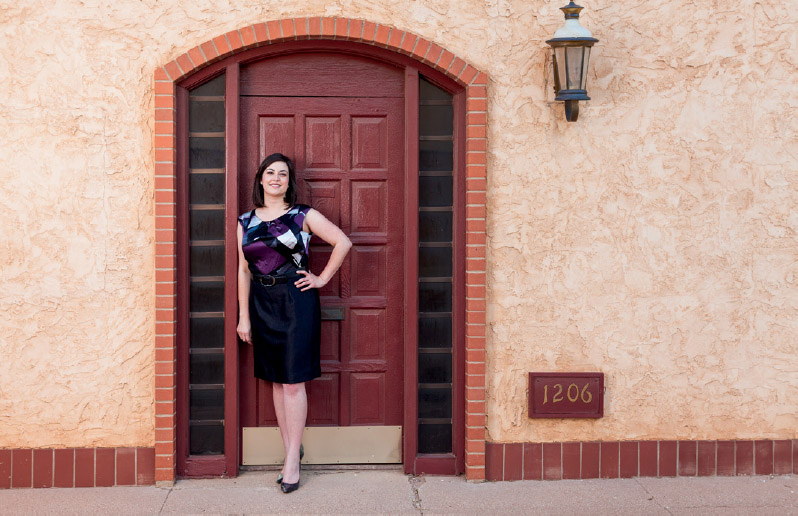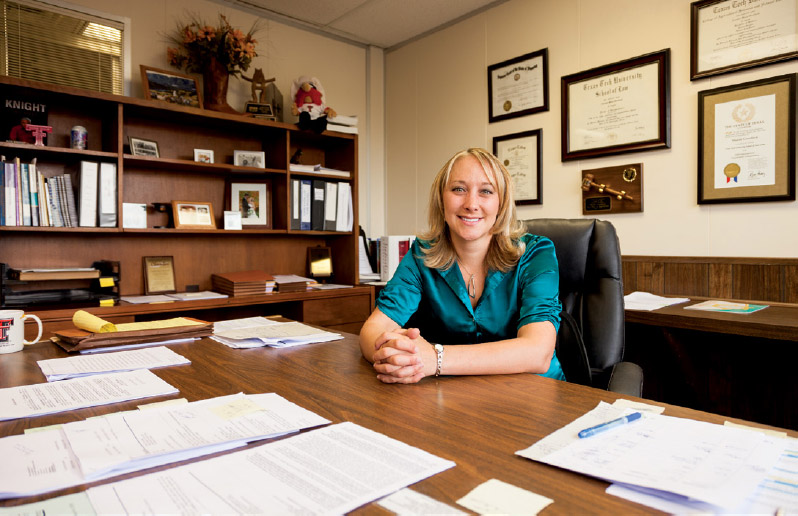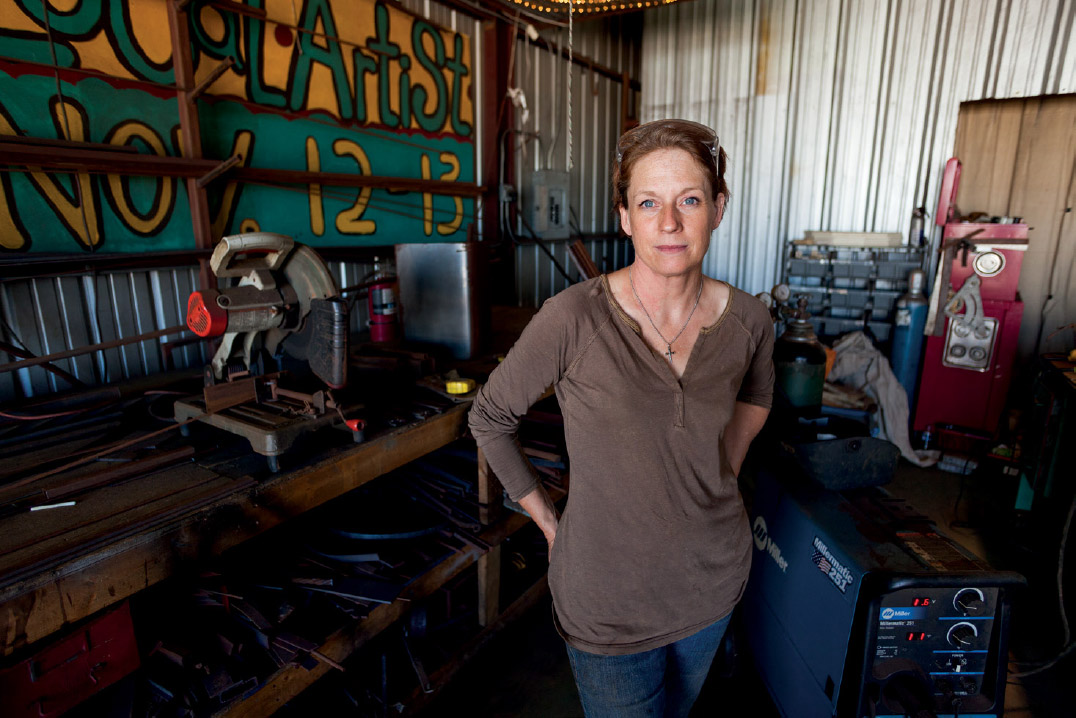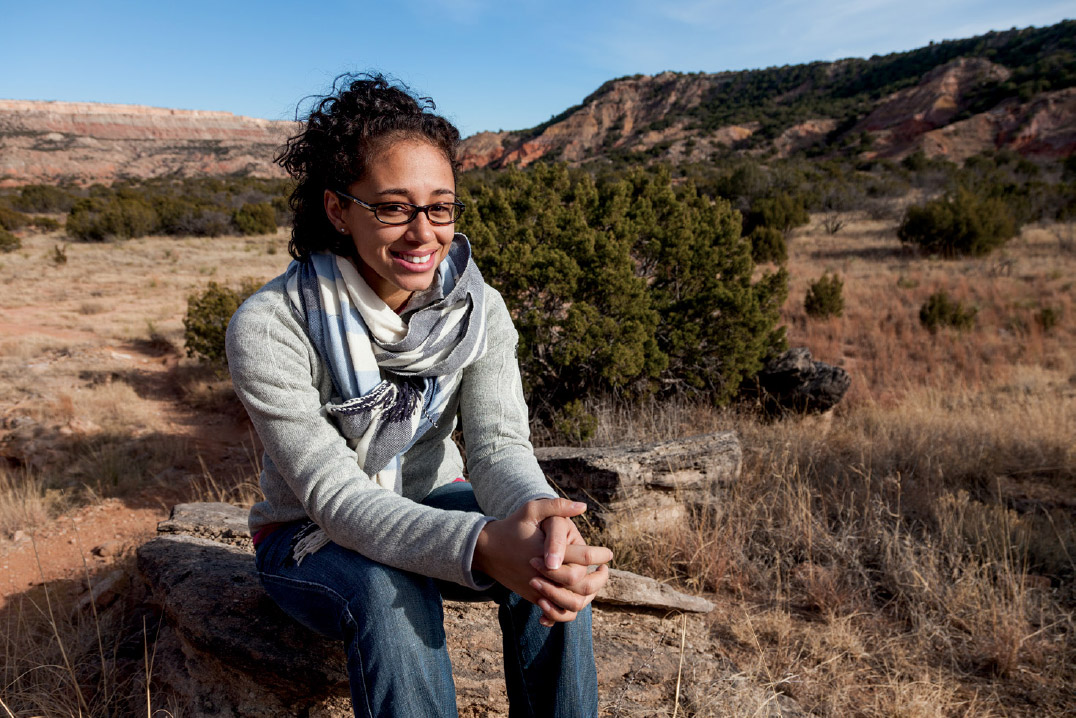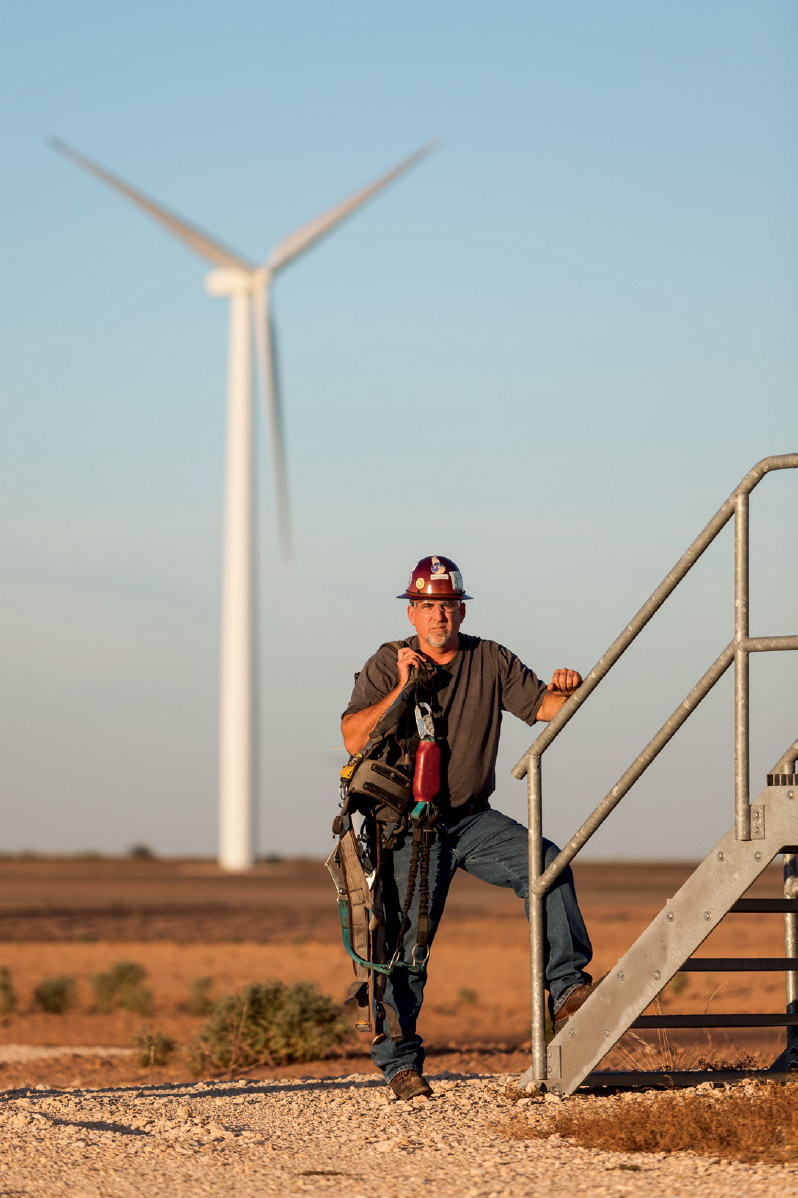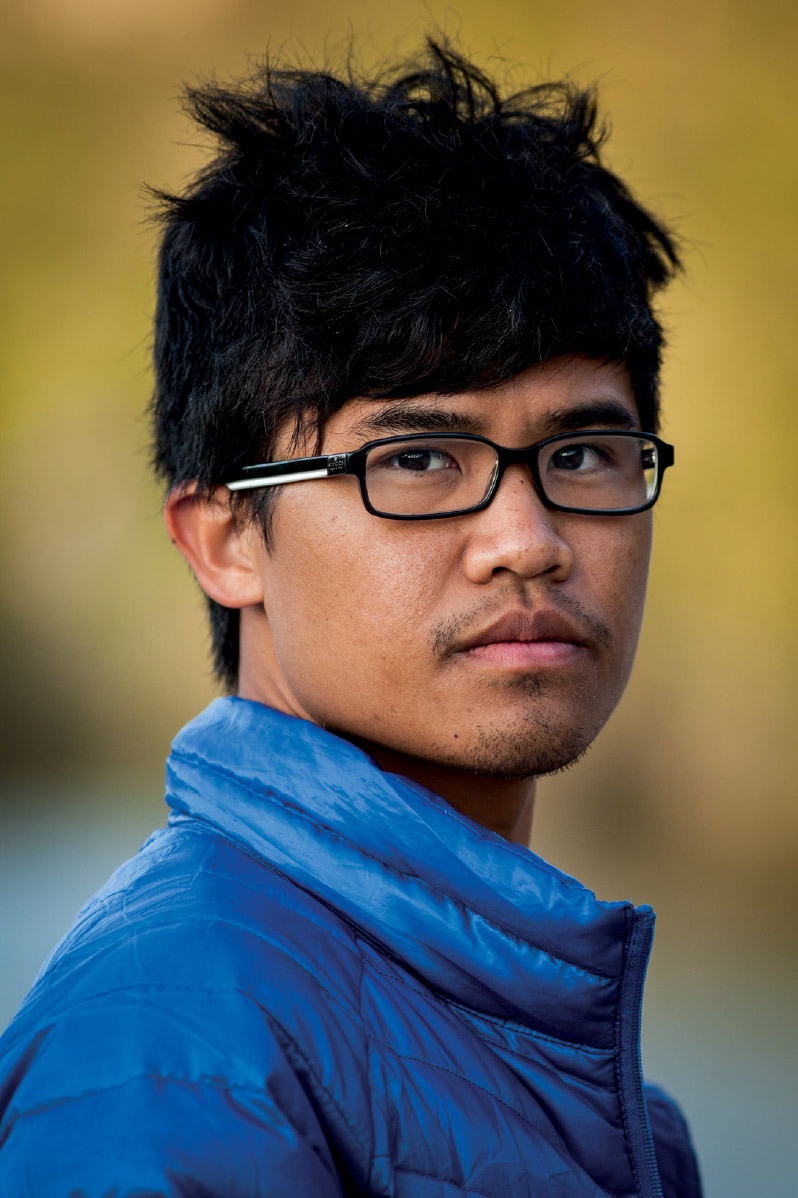28. GET SOME PERSPECTIVE
![]()
THIS HAS MORE to do with optics than anything else, but your lens perspective will often determine your portrait composition. Perspective refers to how everything in your shot appears in spatial relationship to each other. For example, normal perspective describes how we perceive everything with our own eyes. Photographically, this is achieved with a 50mm lens on a full-frame sensor—hence the popularity of that focal length for just about any type of photography outside wildlife and sports (Figure 28.1). You’ll start to introduce differences in perspective with anything wider or more telephoto than 50mm, and it’s important to know how such differences might work for or against your portrait photography.
Aside from normal perspective, the two other perspective types photographers consider are expansive and compression. Optically, the wider your focal length is, the more expansive its provided perspective. Subsequently, the longer your focal length is, the more compressed its perspective becomes. Both have increasingly dramatic visual effects.
When a perspective is expanded, the foreground becomes relatively larger than the background and the visual distance between the two grows. Ultra-wide focal lengths like 14mm and 16mm are champions of creating this expansive look, and it’s little wonder why landscape photographers pine over lenses that offer these characteristics. However, wider focal lengths can certainly be useful for the portrait photographer, particularly when creating environmental portraits (Figure 28.2). Expansive perspective can also convey a sense of importance about your subject, particularly when framing her from the waist up. This perspective pushes her toward the camera and somewhat farther away from her environment, making her the largest subject in the frame (Figure 28.3).
Expansive perspective does have its disadvantages for portraits, though, and they are very apparent. Ultra-wide focal lengths (anything wider than 24mm on a full-frame sensor) can severely distort a subject’s face or body. Believe me, your subject will not appreciate being made to look like Pinocchio. I try not to shoot any wider than 24mm when composing the subject from just a few feet away (Figure 28.4); I lean more toward 35mm for such shots. I certainly suggest avoiding shooting headshots at anything wider than 50mm.
28.1 50mm is a great focal length for full-length portraits, especially when composed against architecture that you do not want to distort.
ISO 100; 1/125 sec.; f/2.8; 50mm
28.2 I used a wide-angle, expansive perspective to not only showcase the attorney’s office, but to also force the desk to surround the subject with her work.
ISO 200; 1/50 sec.; f/4; 24mm
28.3 Pushing a wide angle focal length toward the subject allows her to jump from the background, which visually looks farther away from her than it is in reality. This is a great way to create depth in your environmental portraits.
ISO 400; 1/250 sec.; f/2.8; 17mm
28.4 Still, at 24mm, the expansive perspective distorts the body. In this shot, my wife’s head is slightly larger in relation to the rest of her body, a result of it being composed toward the left and top edges of the frame and angled slightly down on her.
ISO 100; 1/500 sec.; f/5.6; 24mm
As the focal length gets longer, the image becomes more compressed. This means the foreground and background become visually closer together, flattening the optical expansion inherent in wider focal lengths. As it turns out, this is great for most portraiture (Figure 28.5). My favorite longer focal length is around 200mm. When combined with a shallow depth of field, using a more compressed perspective isolates your subject well, especially when the background is relatively uncomplicated. It’s also a great way to pull a background of narrative significance closer to the subject, and it illustrates (even elaborates), scale (Figure 28.6).
The downside to compressed perspectives is that they are sometimes low on environmental information (Figure 28.7). It’s not an insufficient perspective for environmental portraits; it just may not be the best choice when the subject and the background are within close proximity to each other. However, other than the stability needed to shoot with longer focal lengths, they are a great go-to for technically achieving a non-distorting, compressed perspective for your portraits.
28.5 Compressed perspectives created by longer focal lengths do not distort the subject (especially their face).
ISO 100; 1/250 sec.; f/2.8; 195mm
28.6 I used a longer focal length to compress the foreground and background together, bringing that lone wind turbine closer to the turbine technician than in reality for narrative purposes.
ISO 50; 1/640 sec.; f/2.8; 170mm
28.7 In many cases, the longer the focal length you use, the less environmental information will be included in the frame with your subject, especially when you also use a shallow depth of field.
ISO 200; 1/200 sec.; f/4; 300mm

